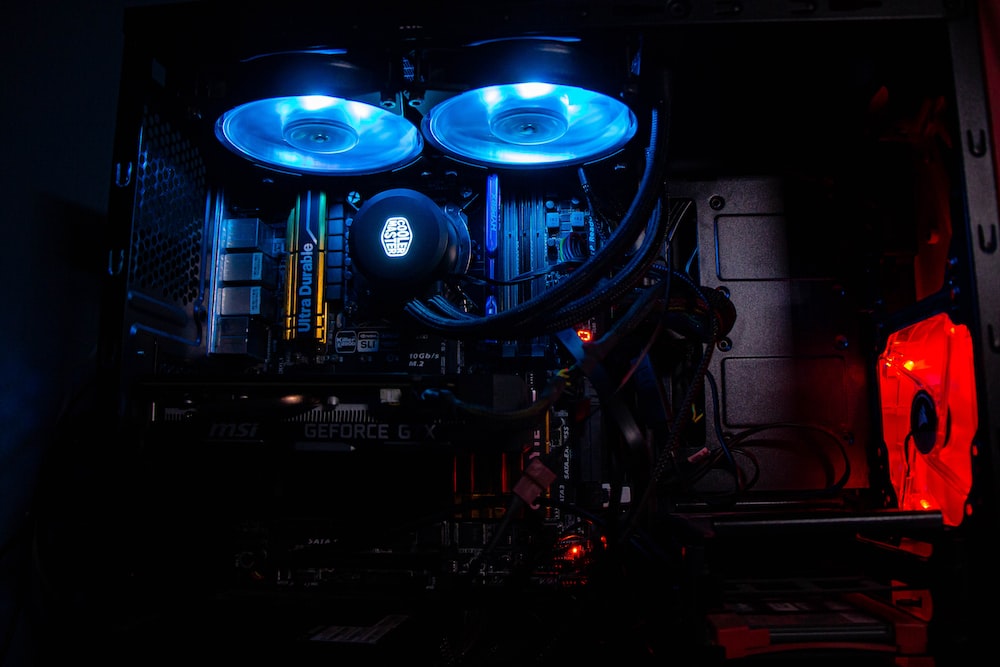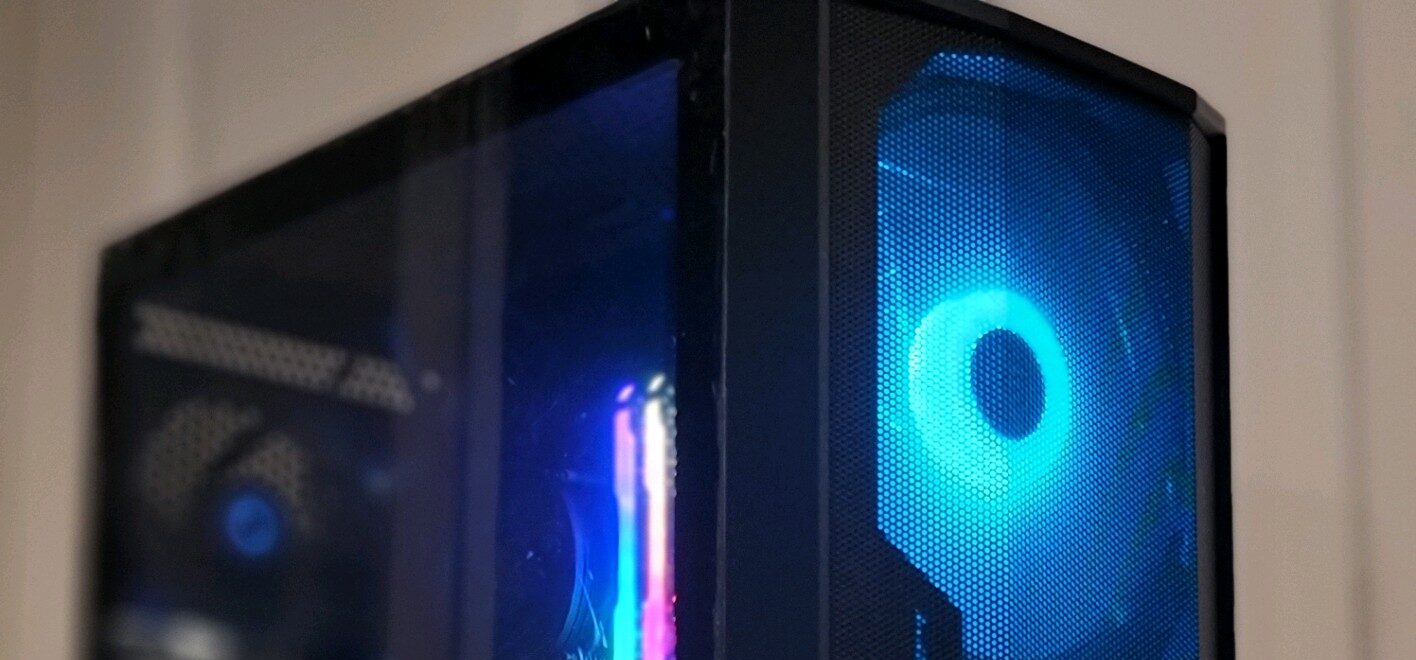Ideal display performance, and performance efficiency in the long run for gaming or working on PC is a concept that can be twisted and turned in many ways. I have a slight limitation running on a 60 Hz ASUS VE278 monitor, although I do plan to upgrade to a 120 Hz ASUS in the future. NVIDIA has it’s own Control Panel built in with any of it’s graphics cards in the OS of the pc, with Graphics Drivers you can also download from there website to further expand graphics usage.
Optifine Shaders is one of the first uses of my 1660 GTX TI, and was pretty satisfied with the results with a variety of texture packs in use of it as well. Very minimal lag, and a very polished performance that is very attention to detail. This is a good experience for the game but can be a little strenuous on your card, and PC fans if the proper GPU drivers are not updated frequently, or every once in a while in other terms. Manually updating each driver instead of using a software like Booster 8, or Driver Fix is my personal recommendation.
I don’t have the benefit of running at 120 Hz, as my max framerate is 60 Hz, so I don’t have the benefit of working with more up to date tools, but it does not bother me that much. Keep in mind that Hardware accelerated GPU settings being turned on is a good recommendation for balancing out the latency, and overall performance for the rest of the system. I have a few pictures of my old world creations, in the original game format. Sadly I do not have after photo’s with Optifine on since the files were corrupted.


Some, including myself prefer to toggle around in the Optifine game settings to level out graphical performance manually, while also improving the experience of the world display. Advanced GI settings in the Shade display settings provide you with Artifact reduction and GI Radius. The Radius can determine how far light spreads through each generated block, I changed this to 1.5, and changed my Artifact Reduction to on which reduces the amount of artifacts on the back edges of generated blocks. I noticed the sort of black square affect from certain background blocks going away as well
NVIDIA Control Panel is one of the main operators for display performance, which can also have an impact on game usage, or 3D Model previewing. One of the first pages you are encountered with is a Preview for image settings with a spinning model.
These settings are applicable to the GPU Hardware acceleration option as mentioned before. I try to keep the rendering preference in-between performance and quality. Many people just prefer to let the system 3d render for itself, the default setting but this also depends how frequently you are rendering with services like GIMP, or photoshop, and the sizes of those files.

Another game I find heavy with GPU usage is Star Wars Battlefront II. Which I play on the occasion which uses just as much GPU power, if not more than Optifine 1.16.5 currently does. I’ve had little to no problems with the outstanding performance it does on my 1660 GTX, although like before it is a heavy strain on my GPU fans. This is, although what its supposed to do. Perhaps if you have this issue you could invest in quieter fans but it would be pointless unless you prefer a quieter PC.
Generally I have found the CPU usage estimate for Battlefront to be around roughly 85 to 95% on default settings loading the game. During the cut scenes the parts still perform at a regular rate, despite the high RAM usage, which could be contributed to the generation of the game map, so I don’t really have much to improve really at all unless there’s an actual problem with the system that develops in the future, than it is good to check drivers.
The video settings do have a few features within the game that work with NVIDIA coincidentally, such as DirectX 12, which depending on the user can improve framerate, although not by much. Motion blur I would set to 50%, although a little bit more than half does hurt anyone, unless you prefer a crystal clear game.
I personally would only recommend Driver booster 8 to diagnose issues and updates, but to press update all in one shot is not the way to go as you don’t know exactly what is being done, plus you have to pay premium to get everything down, so I like to update the necessary drivers manually. Overall I find there are many ways one can customize there PC to fit there graphical needs in queue, but the ones I listed above are some I find useful to use even if they are good power saving tactics as well.





Add Comment